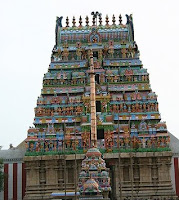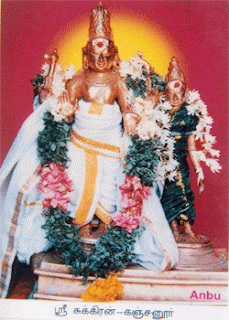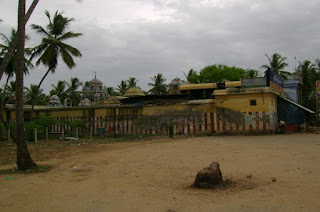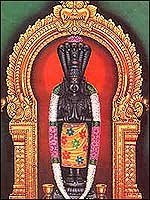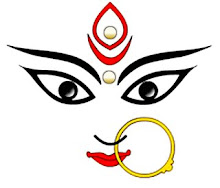I find that I have not written on the
Navagraha Temples of Tamil Nadu, eventhough I have visited these temples a
number of times. For the interest of my viewers/readers, here is the list
of the Navagraha temples and the importance attached to each one of them.
Hope my Postings will be beneficial/useful to one and all.
Navagaraha Temples:
In Hindu Astrology, it is
strongly believed that the nine planets [navagarahams] play an important role
in a man's fate and all these nine planets [Sun, Moon, Mars, Mercury, Jupiter,
Venus, Saturn, Rahu and Ketu] are known as Navagrahas. In Astrology each planet
is represented by certain energy in the form of an iconic quality.
It is also strongly believed that
worshipping these navagraha temples will benefit the people who suffered by
Doshams like puthra dosham, kalathura dosham, surya dasai etc.,
According to Hindu religion, it
was trusted that these planets [navagrahas] were in-charge for punishing or
giving judgements for those did sins in their poorva jenmams. Also if you have
done any good deeds in your poorva jenmam, these planets will give us luxuries
in our life. So worshipping these navagrahas regularly will reduce its effects
on us.
 |
| Navagrahas |
There are nine sthalams[temples] in Tamilnadu for these navagrahas
namely:
Suryanar Koil : Suriyan Temple/Sun
Thingalur : Chandiran Temple / Moon
VaitheeswaranKoil:SevvaiTemple/Mars
Thiruvengadu : BudhanTemple/Mercury
Alangudi : Guru Temple/ Jupiter
Kanchanur : Sukran Temple / Venus
Thirunallar :SaneeswaranTemple/Saturn
Thirunageswaram : RaguTemple/Ragu
KeezhaPerumpallamKedhuTemple/Kedhu
|
This cluster of Navagraha Temples dates right from the Chola
dynasty near Kumbakonam in Tamil Nadu. Each temple is
located in a different village, and is considered an abode of one of the
Navagrahas. However, the majority of these temples are dedicated to Shiva.
The Surya temple is the only one dedicated to the Graham. In fact, it is
dedicated entirely to the worship of the Sun-God and the other navagrahas, the
former being the object of worship as the principal deity and the latter as
attendant deities. It was built around the 11th or 12th century C.E. The other
temples were built earlier, ranging back to 7th-9th century.
Navagraha-the nine planets could give
harmony or misery to the individual as per its movements. One has to do
shanthis or parikaras; for the particular planet[s] and its lords; such direct
appeals to the concerned planets and their lords will give quick and
timely results.
I have explained in detail on all the 9
Navagraha temples. Please read.....



.jpg)







